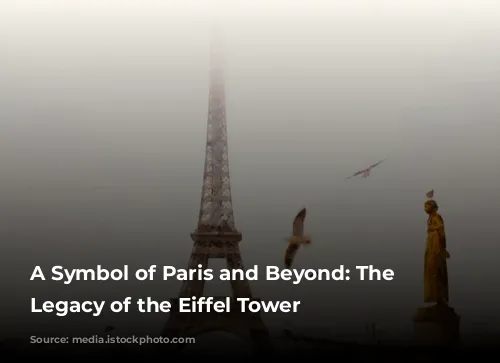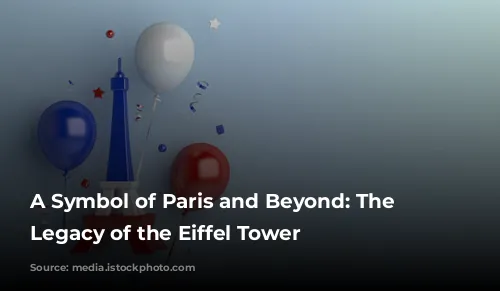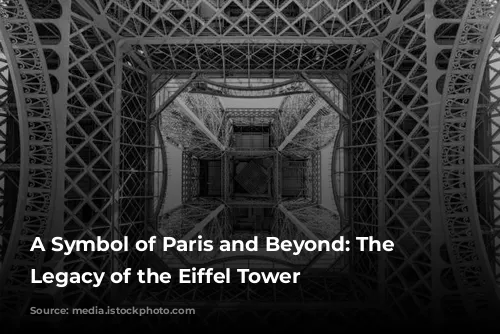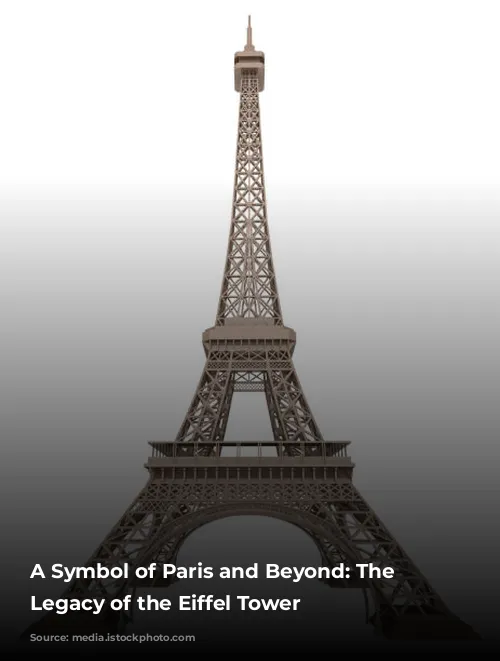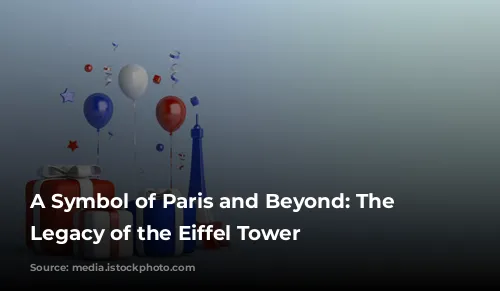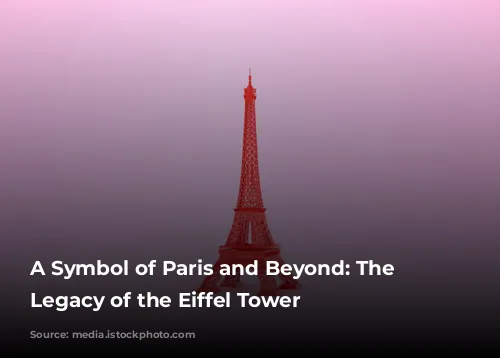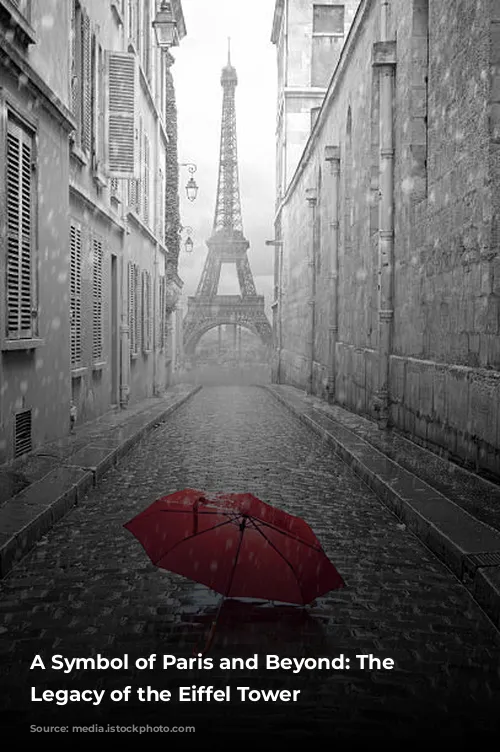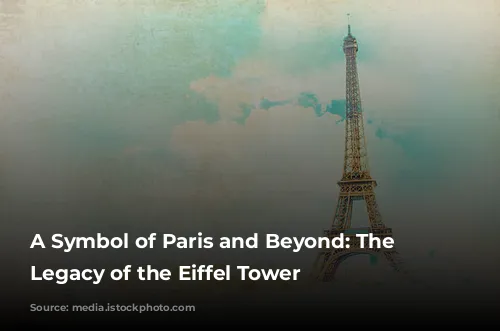From its very inception, the Eiffel Tower captured the imagination of the world. In the roaring twenties, it became a beacon of modernity, embodying the avant-garde spirit of the era. Its image gradually became synonymous with Paris, eventually evolving into a global symbol of the City of Lights.
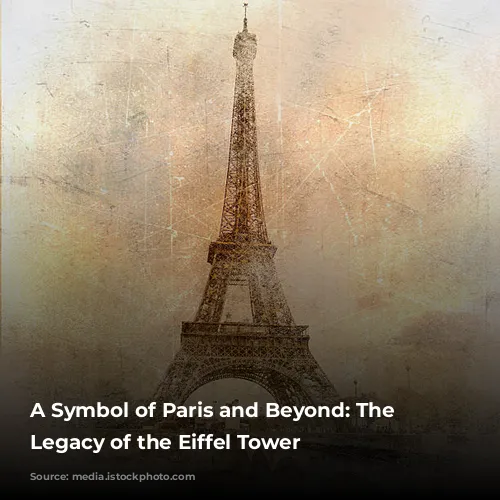
A Muse for Artists and Visionaries
Poets, painters, musicians, and filmmakers have all found inspiration in the iconic silhouette of the Eiffel Tower. Pioneering painters, like Georges Seurat, captured its grandeur even before its completion. Renowned artists, such as Bonnard, Utrillo, and Chagall, later celebrated its elegance on canvas. Robert Delaunay, a master of cubist aesthetics, dedicated an entire series of paintings to the Tower, reinterpreting its form through a geometric lens.
The Eiffel Tower also became a beloved subject in cinema, appearing in countless productions from the early days of film. As early as 1897, Louis Lumière documented its imposing presence on film, and its timeless charm has graced films ever since. This enduring relationship with film was further strengthened by Gustave Eiffel’s involvement as a silent partner in Léon Gaumont’s groundbreaking film company.
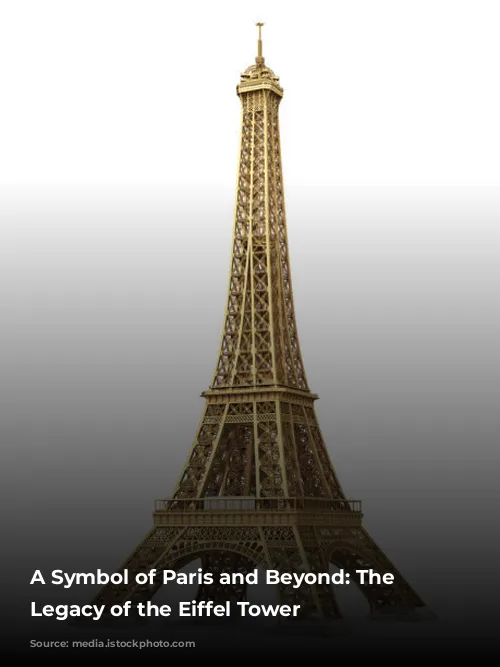
An Icon Celebrated Through Music and Performance
The Tower has inspired musical creations, with composers like Arvo Pärt dedicating works to its memory. Grandiose events have taken place at its base, turning the tower into a stage for spectacular performances. In 1962, Darryl F. Zanuck chose the Eiffel Tower as the setting for the launch of his epic film, “The Longest Day,” creating a memorable spectacle for 25,000 Parisians. Edith Piaf, a legendary singer, graced the first floor of the tower with her melodic magic. Other musical giants, like Charles Aznavour and Georges Brassens, have also performed at the tower, contributing to its cultural richness.
The tower has also hosted private concerts, welcoming a diverse array of musical talent from Alanis Morissette to Justin Bieber. These performances further solidify the Eiffel Tower’s status as a cultural hub.
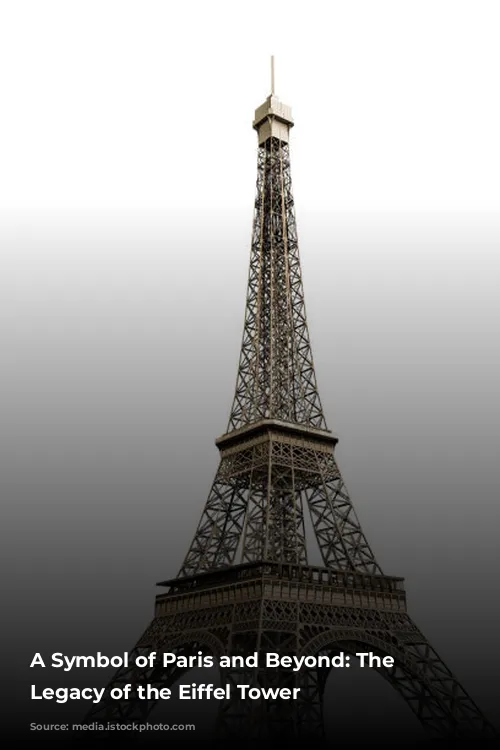
A Tower Illuminated by Creativity: From Fireworks to Advertisements
The Eiffel Tower’s presence is not limited to the realm of art and performance. It has also been a prominent fixture in advertising. From 1925 to 1936, the illuminated letters of “Citroën” adorned its spire, creating a powerful visual impact. Since then, countless brands, including Air France, Sony Ericsson, and Dior, have sought to associate their images with the global recognition of the Eiffel Tower.
The Tower’s breathtaking beauty has been further enhanced through spectacular displays. In 1888, a firework show celebrated its completion. More recently, the “Countdown to the Year 2000” captivated audiences worldwide with its dazzling spectacle of fire and light. The Eiffel Tower, a true emblem of Paris, continues to enchant and inspire, its legacy extending far beyond the physical boundaries of the City of Lights.

